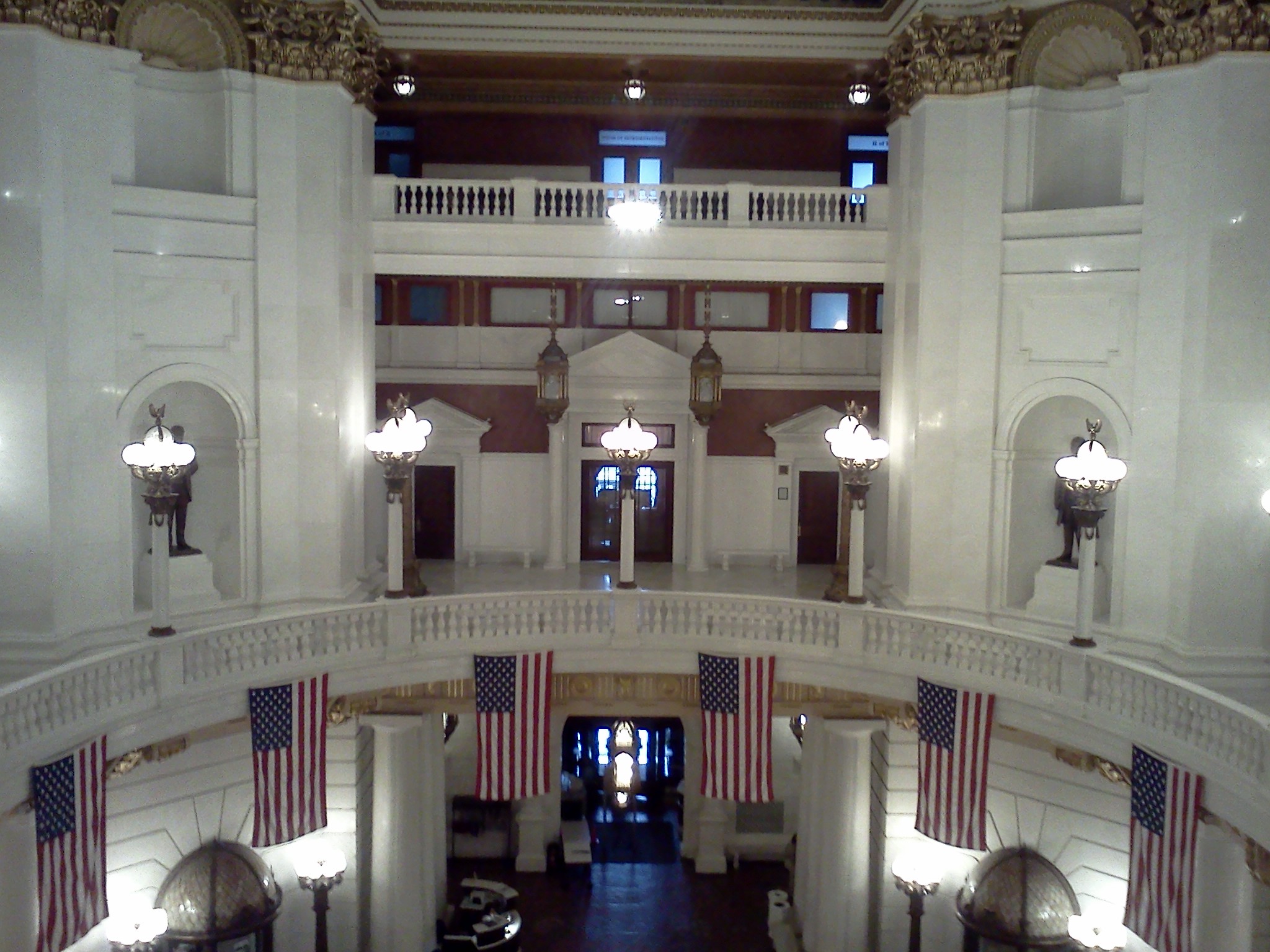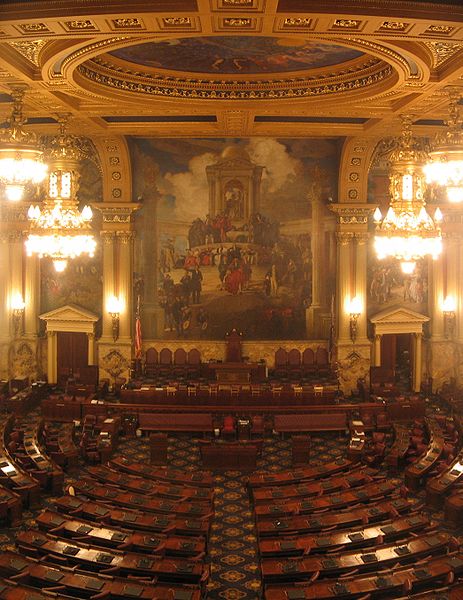Lawmakers Debate Downsizing in Election Year
Every two years, 228 of the General Assembly’s 253 seats are up for election. 2012 is one of those years, but what makes it unique is that it’s the first time that lawmakers are giving serious consideration to the idea of legislative downsizing.
Pennsylvania has the largest full-time legislature in the country.
“It will make the legislative process more efficient because members will be able to communicate better and understand the other person’s problem,” says Speaker of the House Sam Smith (R-Jefferson), who gave the issue immediate clout when he sponsored the constitutional amendment last year.
But activist Tim Potts of Democracy Rising PA says that – as reforms go – this is sleight of hand. “It’s something that diverts your attention to things that are a whole lot more important,” Potts says.
Democracy Rising’s 2012 Public Integrity Poll did find 62% of Pennsylvania voters support downsizing the General Assembly. That’s significant, but Potts says it’s fairly low on the list of improvements that Pennsylvanians would make. He points to the 72% who want to change the system for redrawing legislative districts, the 74% who want to limit campaign contributions, and the 93% who want lobbying reforms.
Speaker Smith’s legislation (HB 153) was originally penned to reduce the size of the 203-member House by 25%. It was amended on the House floor to also include a similar reduction in the Senate, from 50 to 38-seats. It passed the House earlier this month with a vote of 140 – 42. A spokesman for the Senate Republicans says their chamber is expected to take up the measure in May or June.
A constitutional amendment must pass the General Assembly in two consecutive sessions before it can be put to the voters in the form of a ballot referendum. HB 153 is designed to take effect following the 2020 census.



